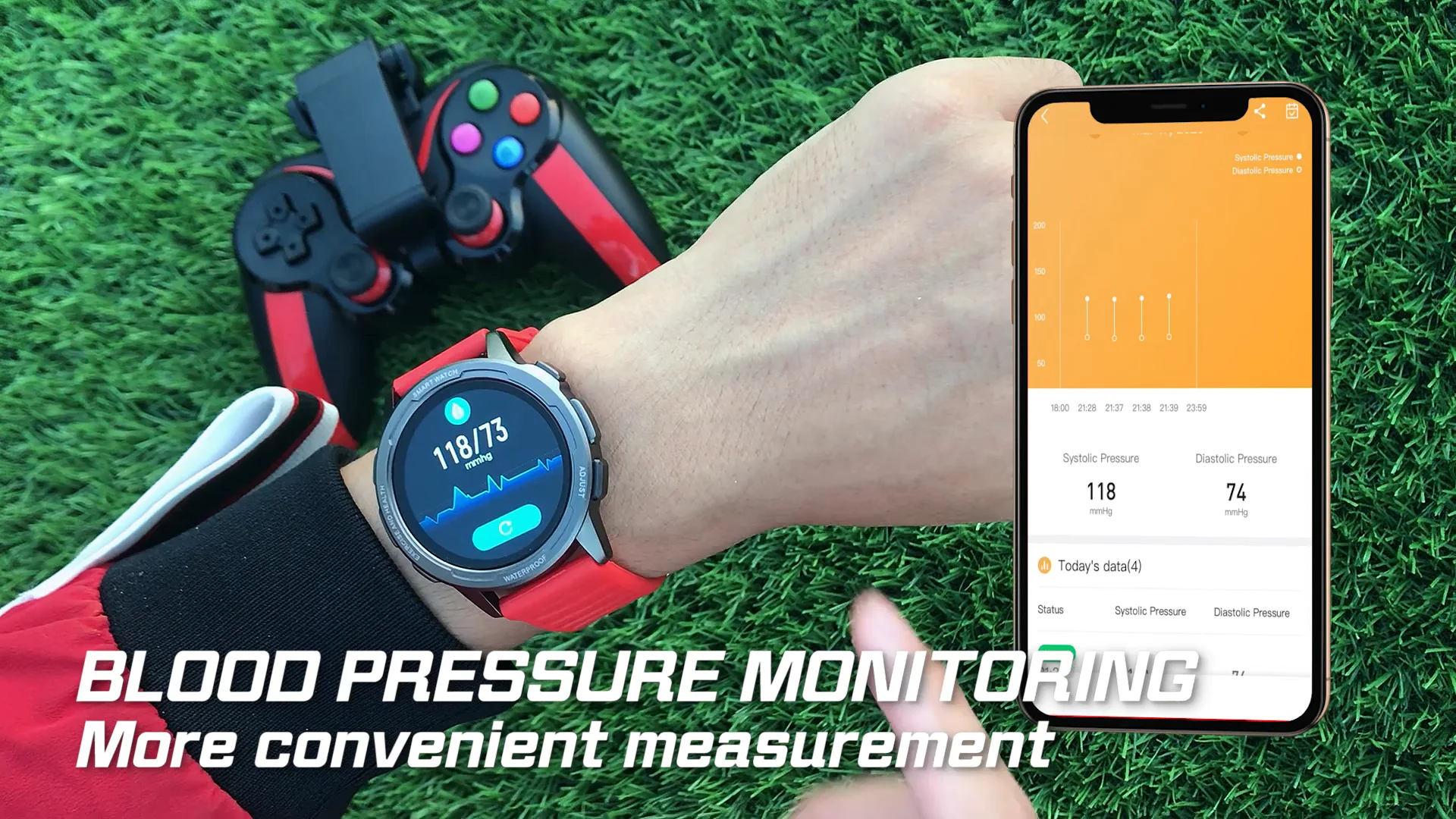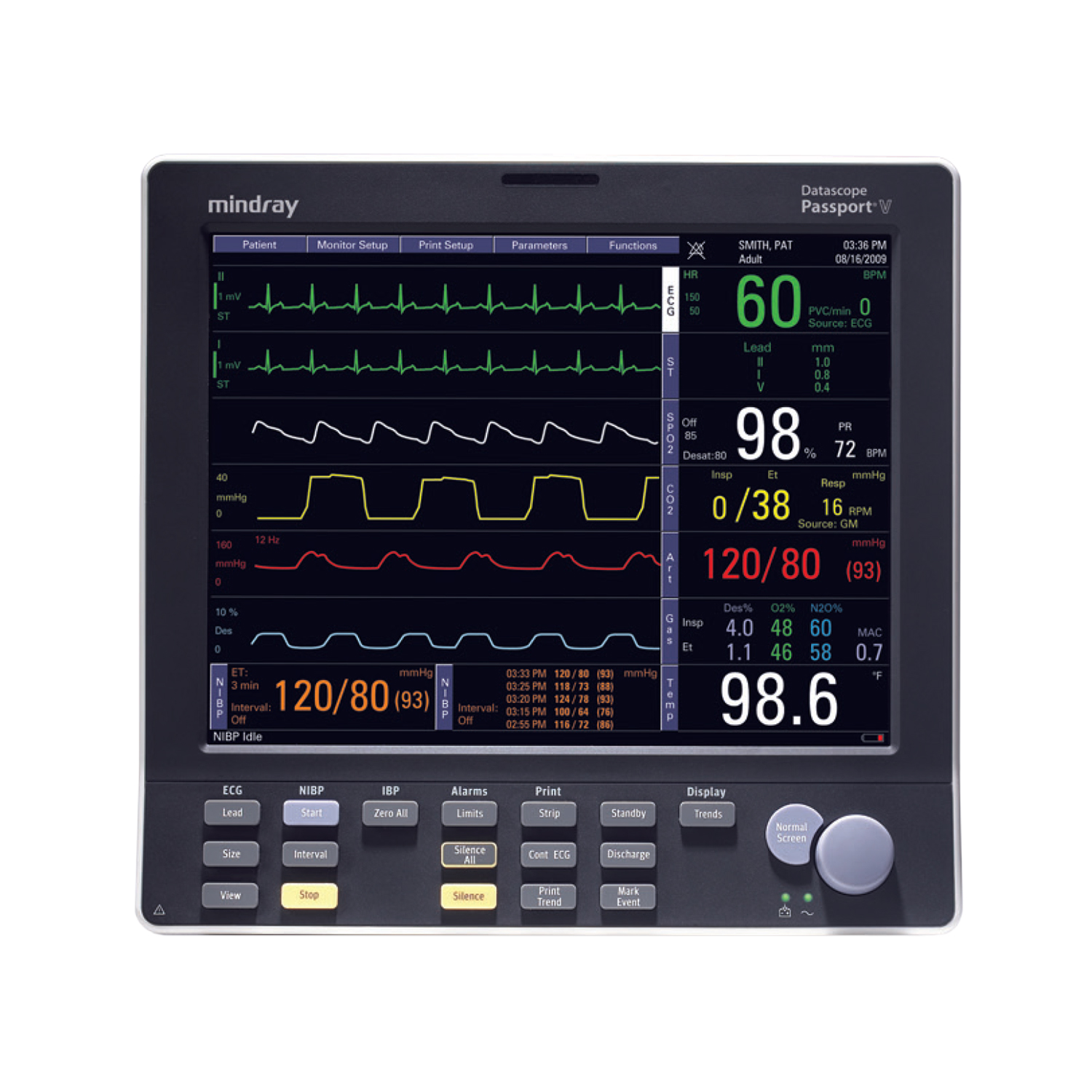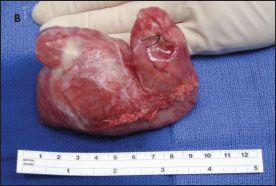118 73 Blood Pressure
When it comes to blood pressure, there are two numbers that are important: systolic and diastolic. Systolic is the top number and diastolic is the bottom number. A normal blood pressure reading is when your systolic is less than 120 and your diastolic is less than 80. If your blood pressure is in 122/66 see here.
If your systolic is between 120-139 or your diastolic is between 80-89, then you have prehypertension. High blood pressure (hypertension) starts at 140/90.
Your blood pressure is a measure of the force that your heart pumps blood around your body. A normal blood pressure is between 90/60 and 120/80. If your blood pressure is consistently above 140/90, it’s high blood pressure (hypertension).
High blood pressure can lead to serious health problems, such as heart disease and stroke.
If you have high blood pressure, there are things you can do to lower it. You can:
-lose weight if you’re overweight
-exercise regularly
-eat a healthy diet
-reduce the amount of salt in your diet
-limit the amount of alcohol you drink
What is a Normal Blood Pressure Reading?
Is 118 Too Low for Blood Pressure?
No, 118 is not too low for blood pressure. In fact, it is considered to be a normal reading.
Is 73 a Good Bottom Number of Blood Pressure?
There is no definitive answer to this question as blood pressure is a complex issue and what may be considered “good” for one person may not be ideal for another. That said, a bottom number (or diastolic number) of 73 is generally within the normal range for most people, so it is unlikely to cause any serious health concerns. However, if you are concerned about your blood pressure or have other risk factors for heart disease, it is always best to speak with your doctor to get personalized advice.
Is 118 Considered High Blood Pressure?
High blood pressure, also known as hypertension, is when your blood pressure reading is consistently above 140/90 mmHg. Blood pressure is the force of your blood pushing against the walls of your arteries. The higher your blood pressure is, the harder your heart has to work to pump blood around your body.
Over time, this can lead to heart disease, stroke and kidney problems.
A reading of 118/80mmHg would be considered normal blood pressure. However, if this reading was taken while you were at rest, it could be an indication that your blood pressure is on the high side and you may be at risk of developing hypertension.
If you have any concerns about your blood pressure, you should speak to a doctor or nurse for advice.
Is 118 Over 76 a Good Blood Pressure?
Whether or not 118 over 76 is a good blood pressure reading depends on a number of factors. For example, age, weight, and activity level all play a role in determining what is considered a healthy blood pressure reading. Generally speaking, however, 118 over 76 would be considered a normal blood pressure reading.

Credit: www.alibaba.com
118/73 Blood Pressure Pregnant
If you’re pregnant and have a blood pressure of 118/73, it’s considered to be within the normal range. However, if your blood pressure was higher than this before you became pregnant, it may be an indication that your pregnancy is causing hypertension (high blood pressure). If you have any other symptoms of hypertension, such as headaches, blurred vision or swelling in your hands and feet, be sure to mention them to your doctor.
118/72 Blood Pressure
If your blood pressure is 118/72, you have what’s considered “normal” blood pressure. Your top number, or systolic blood pressure, should be below 120. And your bottom number, or diastolic blood pressure, should be below 80.
If either of those numbers is higher than it should be, you have high blood pressure (hypertension).
117/73 Blood Pressure
Your blood pressure is a measure of the force against the walls of your arteries as your heart pumps blood through your body. A normal blood pressure reading is less than 120/80 mmHg. If your reading is between 120/80 and 140/90, you have prehypertension, which means you’re likely to develop high blood pressure unless you take steps to prevent it.
A reading of 140/90 or higher is considered hypertension, or high blood pressure.
High blood pressure doesn’t have any symptoms, so you may not know that it’s a problem. That’s why it’s important to get your blood pressure checked regularly.
If it’s high, work with your doctor on ways to lower it.
118 Over 78 Blood Pressure
If you have a blood pressure reading of 118 over 78, this means that your systolic blood pressure (the top number) is 118 and your diastolic blood pressure (the bottom number) is 78. A reading of 118/78 is considered normal blood pressure.
118 Over 76 Blood Pressure is That Normal
If you have a blood pressure reading of 118 over 76, is that considered normal? The answer is yes, this is considered to be within the “normal” range. However, it’s worth noting that blood pressure can fluctuate throughout the day, so one reading isn’t necessarily indicative of your overall health.
That said, if you consistently have high blood pressure readings (140/90 or higher), it’s important to consult with your doctor to discuss treatment options.
Normal Blood Pressure
What is normal blood pressure? Blood pressure is the force of your blood pushing against the walls of your arteries. Each time your heart beats, it pumps out blood into the arteries.
Your blood pressure is highest when your heart beats, pumping the blood. This is called systolic pressure. When your heart rests between beats, your blood pressure falls.
This is called diastolic pressure.
Your blood pressure reading uses these two numbers. Usually, the systolic number is written above or before the diastolic number: for example, 120/80 (pronounced “120 over 80”).
Normal blood pressure for adults is generally defined as a systolic reading of less than 120 and a diastolic reading of less than 80 . High blood pressure is defined as a systolic reading of 140 or higher and/or a diastolic reading of 90 or higher . You can have highbloodpressureif one or bothof thosenumbersare too high.
“Borderline”hypertensionis when oneor bothofthenumbersarehigherthan they should be but nothight enough to be consideredhighbloodpressure(HBP).
Conclusion
There are many things that can affect blood pressure, including diet, exercise, and weight. However, one of the most important things to remember is that blood pressure varies from person to person. What is considered normal for one person may be high for another.
That’s why it’s important to talk to your doctor about what is considered a healthy blood pressure range for you.
118/81 Blood Pressure
A blood pressure reading of 118/81 is considered normal and healthy. This is because the top number, which is called the systolic blood pressure, is less than 120. The bottom number, which is called the diastolic blood pressure, is also less than 80.
So, a reading of 118/81 means that your systolic blood pressure is lower than 120 and your diastolic blood pressure is lower than 80.
Is your blood pressure in the healthy range? If your top number is less than 120 and your bottom number is less than 80, then you have a normal blood pressure. But if your readings are higher than that, it’s time to take action to bring them down.
There are many things you can do to lower your blood pressure, including eating a healthier diet, getting more exercise, and cutting back on salt. You may also need medication to get your blood pressure under control.
If you’re not sure what your numbers mean, or what you should do next, talk to your doctor.
They can help you develop a plan to get your blood pressure back into the healthy range.
Blood Pressure Chart for your AGE👈💥
Is 118 Considered High Blood Pressure?
There is no one definitive answer to this question. While 118 may be considered high blood pressure by some, it may not be considered high blood pressure by others. It is important to consult with a medical professional in order to get an accurate diagnosis.
Is 118 Too Low for Blood Pressure?
If your blood pressure is 118/78, it is considered to be within a normal range. While there are no definitive cut-offs for what is considered “too low” blood pressure, some experts believe that anything below 120/80 may be indicative of hypotension (low blood pressure). While not necessarily harmful, hypotension can cause symptoms such as lightheadedness and dizziness.
If you experience these symptoms, it is important to consult with your doctor to rule out any underlying medical conditions.
Is 117 81 A Good Blood Pressure?
There is no one definitive answer to this question as it depends on a variety of individual factors. However, in general, a blood pressure reading of 117/81 is considered to be within the normal range. This means that most people with this blood pressure will not experience any negative health effects as a result of it.
While there is no need to worry if your blood pressure falls within the normal range, it is important to be aware of what could contribute to high blood pressure so that you can take steps to prevent it. Some possible causes of high blood pressure include smoking, being overweight or obese, eating a diet high in sodium, and having chronic stress. If you are concerned about your blood pressure, speak with your doctor for more personalized advice.
Is 118 82 A Good Blood Pressure Reading?
When it comes to blood pressure readings, there is no one-size-fits-all answer. However, in general, a reading of 118/82 is considered to be within the normal range. Keep in mind that blood pressure can fluctuate throughout the day, so if your reading is consistently high or low, it’s important to talk to your doctor.

Credit: www.tensio.com
118/81 Blood Pressure Good Or Bad
Your blood pressure is a measure of the force against your artery walls as your heart pumps blood through your body. A reading of 118/81 is considered normal, meaning that the upper number (systolic pressure) is less than 120 and the lower number (diastolic pressure) is less than 80. This reading indicates that your heart is pumping blood at a healthy rate and not experiencing any extra stress.
118/81 Blood Pressure Pregnant
If you’re pregnant and have a blood pressure of 118/81, don’t worry – this is considered normal. Your blood pressure may fluctuate throughout your pregnancy as your body adapts to the changes. However, if you experience any sudden or severe changes in your blood pressure, be sure to contact your doctor right away.
81 Diastolic Blood Pressure
Your heart pumps blood through your arteries to the rest of your body. Blood pressure is how strongly your blood pushes against the walls of your arteries. When your heart relaxes between beats, that’s when your diastolic blood pressure (the “bottom” number) drops.
A normal diastolic blood pressure is lower than 80. A reading of 81 or higher means you have high diastolic blood pressure.
High diastolic blood pressure can be a sign that you’re at risk for heart disease, stroke, or other problems.
If you have high diastolic blood pressure, talk with your doctor about what you can do to lower it.
118/82 Blood Pressure
Your blood pressure is the force of your blood moving against the walls of your arteries. Blood pressure readings are given as two numbers. The top number, called the systolic pressure, is the pressure when your heart beats.
The bottom number, called the diastolic pressure, is the pressure when your heart rests between beats.
Normal blood pressure for adults is lower than 120/80 mmHg. If either one of those numbers is higher, you have high blood pressure (hypertension).
High blood pressure puts extra strain on your heart and arteries. It raises your risk for having a stroke or heart attack.
You can have high blood pressure for years without having any symptoms at all.
That’s why it’s important to get regular checkups with a doctor or nurse so they can test your blood pressure and look for early signs of trouble.
Normal Blood Pressure
Normal blood pressure is considered to be a systolic reading of less than 120 mmHg and a diastolic reading of less 80 mmHg. Anything above or below these values is generally considered abnormal. However, it’s important to keep in mind that blood pressure readings can vary depending on factors such as age, activity level, and even the time of day.
So if your blood pressure readings are consistently outside of the normal range, it’s important to see your doctor to determine if there may be an underlying cause. There are many different conditions that can cause high or low blood pressure, so it’s important to get an accurate diagnosis so that appropriate treatment can be started.
Blood Pressure Calculator
If you have high blood pressure, you’re not alone. In the United States, one in three adults has hypertension, which is why it’s important to keep track of your numbers. A blood pressure calculator can help you determine whether your reading is in the healthy range or if you need to take action to lower your number.
There are two types of blood pressure: systolic and diastolic. Systolic pressure is the force on your arteries when your heart pumps blood through them. Diastolic pressure is the force on your arteries between beats, when your heart is at rest.
A normal reading should be below 120/80 mmHg (millimeters of mercury).
If you have a reading that’s higher than this, it doesn’t necessarily mean you have high blood pressure. You may just need to monitor your numbers more closely or make lifestyle changes, such as eating a healthier diet and exercising more frequently.
If you consistently have readings above 140/90 mmHg, however, it’s time to see a doctor and discuss treatment options.
There are several medications available to treat hypertension, but making lifestyle changes is often the best place to start. Eating a healthy diet that’s low in salt and fat can help lower your blood pressure naturally, as can regular exercise and stress-reduction techniques like meditation or yoga.
If you smoke cigarettes, quitting is one of the best things you can do for your overall health—including your blood pressure.
Keeping track of your numbers with a Blood Pressure Calculator can help you identify potential problems early so that you can take steps to keep yourself healthy!
Conclusion
A blood pressure reading of 118/81 is considered normal and healthy. This means that the systolic (top number) is within the normal range, and the diastolic (bottom number) is also within the normal range. Anything below 120/80 is considered ideal.
Blood Pressure 104/71
Blood pressure is a measure of the force against the walls of your arteries as your heart pumps blood through your body. A normal blood pressure reading is less than 120/80 mmHg. 104/71 mmHg is a little lower than normal, but not something to worry about unless it becomes a consistent pattern or starts to cause symptoms like dizziness or fainting.
If you’re concerned about your blood pressure, talk to your doctor.
If your blood pressure is 104/71, that means your systolic (top number) is 104 and your diastolic (bottom number) is 71. That’s considered normal blood pressure for adults.
When it comes to blood pressure, there are a few things to keep in mind.
First, it’s important to know that blood pressure can fluctuate throughout the day. It’s usually highest in the morning and lowest at night. Second, if you have high blood pressure, it’s important to take steps to lower it.
This can help prevent serious health problems like heart disease and stroke.
There are a few lifestyle changes you can make to help lower your blood pressure. These include eating a healthy diet, getting regular exercise, and avoiding tobacco use.
If you’re already doing these things but your blood pressure is still high, talk to your doctor about other treatment options.
Blood Pressure Chart for your AGE👈💥
Is 104 Over 70 Considered a Low Blood Pressure?
Yes, 104 over 70 is considered a low blood pressure. This is because the top number (systolic) is less than 120 and the bottom number (diastolic) is less than 80. Low blood pressure is not necessarily a bad thing, and may even be beneficial in some cases.
However, if you experience symptoms such as dizziness or fainting, you should see a doctor to make sure there is no underlying cause.
Is 105 Over 71 a Good Blood Pressure?
Yes, 105/71 is considered a normal and healthy blood pressure reading. This means that the top number (systolic pressure) is less than 120 and the bottom number (diastolic pressure) is less than 80.
Is 105 Over 70 Too Low of a Blood Pressure?
If your blood pressure is 105 over 70, it is considered to be within the normal range. However, if you have been diagnosed with high blood pressure, it is important to talk to your doctor about what blood pressure targets are right for you. In general, a lower blood pressure is better for people with high blood pressure.
What is Dangerously Low Blood Pressure?
If you have low blood pressure, it means that your blood is flowing through your arteries at a lower than normal pressure. Normal blood pressure is usually around 120/80 mmHg. If your systolic (top number) is below 90 mmHg, it is considered dangerously low.
There are many causes of low blood pressure. Some people may be born with low blood pressure, while others may develop it as they get older. Certain medications can also cause low blood pressure.
If you have dangerously low blood pressure, you may experience symptoms such as lightheadedness, fainting, or dizziness. In severe cases, low blood pressure can lead to shock and organ damage. If you think you are experiencing any of these symptoms, you should see a doctor immediately.
Treatment for low blood pressure will depend on the underlying cause. If your low blood pressure is due to a medication you are taking, your doctor may adjust your dosage or switch you to a different medication.

Credit: slideplayer.com
104/71 Blood Pressure Female
If you have a blood pressure reading of 104/71, it means that your systolic blood pressure (the top number) is 104 and your diastolic blood pressure (the bottom number) is 71. This is considered to be normal blood pressure for adults.
Blood Pressure 104 Over 70
If you’re concerned about your blood pressure, you may be wondering what numbers mean. Blood pressure is measured in two values, systolic and diastolic. Systolic is the top number, and diastolic is the bottom number.
They’re both measured in millimeters of mercury (mmHg).
Normal blood pressure is below 120/80 mmHg. If your top number is between 120-139 or your bottom number is between 80-89, you have prehypertension.
This means your blood pressure is higher than it should be and you’re at risk for developing hypertension (high blood pressure). If your blood pressure readings consistently fall into this range, make lifestyle changes such as losing weight, eating a healthier diet, exercising more often, and reducing stress to prevent hypertension.
Hypertension occurs when systolic pressure reaches 140 mmHg or higher OR diastolic pressure reaches 90 mmHg or higher.
Hypertensive crisis happens when blood pressure becomes severely elevated, often reaching 180/120 mmHg or above. This requires immediate medical attention as it can lead to organ damage.
If you have high blood pressure, work with your doctor to develop a treatment plan.
In some cases, medications may be necessary to help lower blood pressure. Lifestyle changes such as eating a healthy diet, maintaining a healthy weight, getting regular exercise, and reducing stress can also help manage hypertension.
104/71 Blood Pressure in Pregnancy
If you’re pregnant, you may be wondering what your blood pressure numbers mean. Blood pressure is measured in two numbers. The first number, called the systolic blood pressure, measures the pressure in your arteries when your heart beats.
The second number, called the diastolic blood pressure, measures the pressure in your arteries between heartbeats.
For most women who are pregnant, their blood pressure will be somewhere between 104/71 and 139/89. If your blood pressure is above these levels, it doesn’t necessarily mean that you have a problem.
However, it’s important to closely monitor your numbers and talk to your doctor if you have any concerns.
There are a few things that can contribute to high blood pressure during pregnancy, including being overweight or obese, having a history of high blood pressure, or suffering from conditions like preeclampsia or eclampsia. If you have any of these risk factors, be sure to discuss them with your doctor so that they can keep an eye on your numbers throughout pregnancy.
In general, maintaining a healthy lifestyle is the best way to keep your blood pressure under control during pregnancy. Eating a nutritious diet, getting regular exercise (as long as your doctor approves), and managing stress can all help keep your numbers where they should be. If you do develop high blood pressure during pregnancy, there are treatments available that can help keep both you and baby safe until delivery day!
104/64 Blood Pressure
Your blood pressure is the force of your blood moving against the walls of your arteries. The top number, called the systolic pressure, measures the force as your heart contracts and pumps blood through your body. The bottom number, called the diastolic pressure, measures the force when your heart relaxes between beats.
A normal reading is lower than 120/80 mm Hg. If either one of these numbers is too high, it means you have high blood pressure.
High blood pressure can damage your arteries by making them narrower or harder which makes it difficult for enough oxygen-rich blood to reach your organs and tissues.
110/70 Blood Pressure Male
When it comes to blood pressure, there are two numbers that are important: systolic and diastolic. Systolic is the top number and represents the pressure in your arteries when your heart beats. Diastolic is the bottom number and represents the pressure in your arteries between heartbeats.
A normal blood pressure reading would be something like 120/80 (systolic/diastolic).
For a man of 110/70, this would be considered ideal blood pressure. Anything lower than that and you might start to experience some lightheadedness or dizziness due to not enough blood flow to the brain.
But for the most part, a blood pressure reading of 110/70 is nothing to worry about.
110/70 Blood Pressure Female
A blood pressure reading of 110/70 is considered normal for a healthy adult. This reading indicates that the person’s blood is flowing through their arteries at a normal rate and that their heart is pumping blood at a normal rate. A reading of 110/70 is not indicative of any specific health condition, but it is important to maintain this level of blood pressure to avoid developing hypertension or other cardiovascular problems.
Conclusion
If you have a blood pressure reading of 104/71, it means that your systolic blood pressure (the top number) is 104 and your diastolic blood pressure (the bottom number) is 71. A normal blood pressure reading is 120/80 or lower. So, your reading of 104/71 is considered to be low blood pressure.



